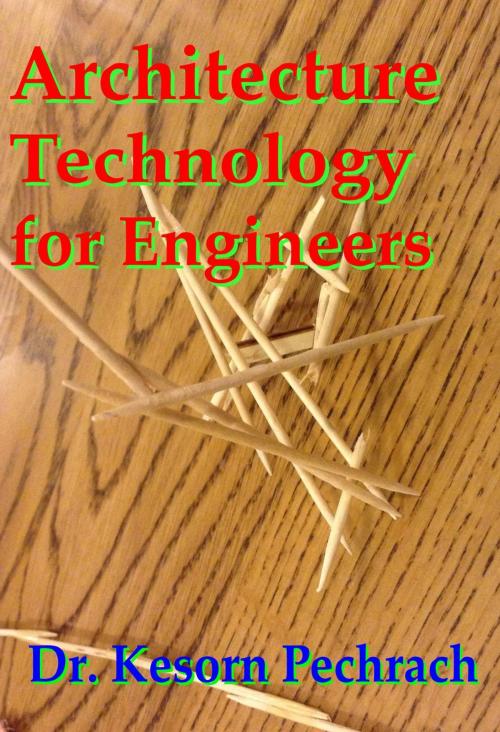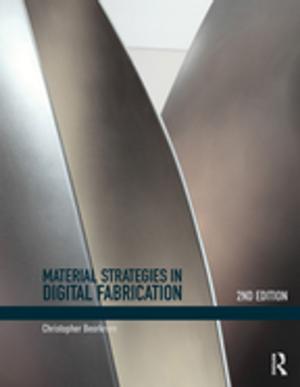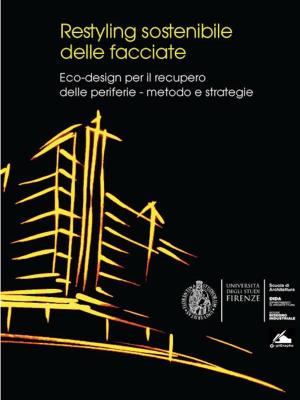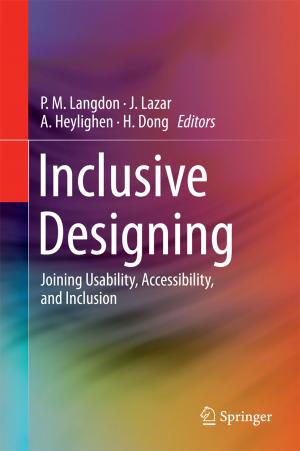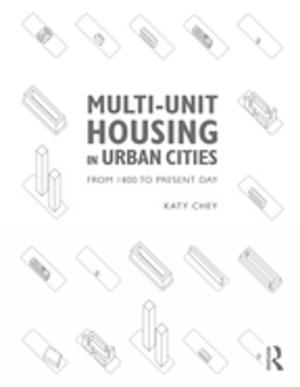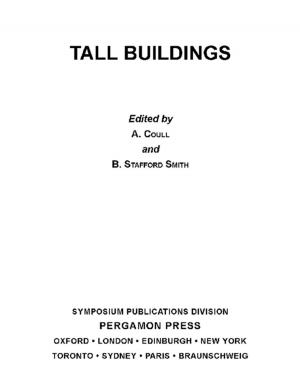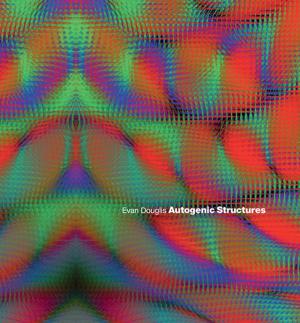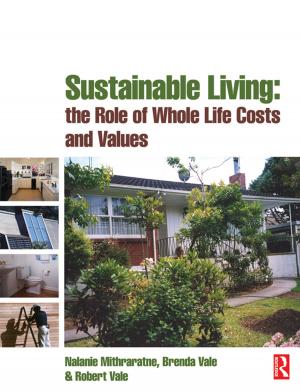Architecture Technology for Engineers
Nonfiction, Art & Architecture, Architecture, Methods & Materials, Design & Drafting| Author: | Kesorn Pechrach | ISBN: | 9781533786333 |
| Publisher: | Kesorn Pechrach | Publication: | June 1, 2016 |
| Imprint: | Language: | English |
| Author: | Kesorn Pechrach |
| ISBN: | 9781533786333 |
| Publisher: | Kesorn Pechrach |
| Publication: | June 1, 2016 |
| Imprint: | |
| Language: | English |
This Architecture Technology for Engineers book is a basic principles for first year architecture students. The benefit to engineers, this book will help to have a better understanding the reason behind the architecture ideas and design. This book consists of 12 chapters cover overall knowledge of architecture structure such as monolithic, frame and shell, how to conduct a site surveys, sketching, drawings, and diagram, learn about materials, sources of materials, process and manufacturing, the sequence of construction which includes foundation, floor, walls and roof, the affect of the environment, solar energy, thermal control, heat gain and heat loss, the carbon emissions, climate analysis, health and well- being in architecture, the services includes domestic services, fresh water, waste water, hot water, electricity, energy saving, heating and ventilation and how to develop and modify the building to be sustainability. There are exercises and case studies at the end of each chapter.
This Architecture Technology for Engineers book is a basic principles for first year architecture students. The benefit to engineers, this book will help to have a better understanding the reason behind the architecture ideas and design. This book consists of 12 chapters cover overall knowledge of architecture structure such as monolithic, frame and shell, how to conduct a site surveys, sketching, drawings, and diagram, learn about materials, sources of materials, process and manufacturing, the sequence of construction which includes foundation, floor, walls and roof, the affect of the environment, solar energy, thermal control, heat gain and heat loss, the carbon emissions, climate analysis, health and well- being in architecture, the services includes domestic services, fresh water, waste water, hot water, electricity, energy saving, heating and ventilation and how to develop and modify the building to be sustainability. There are exercises and case studies at the end of each chapter.
